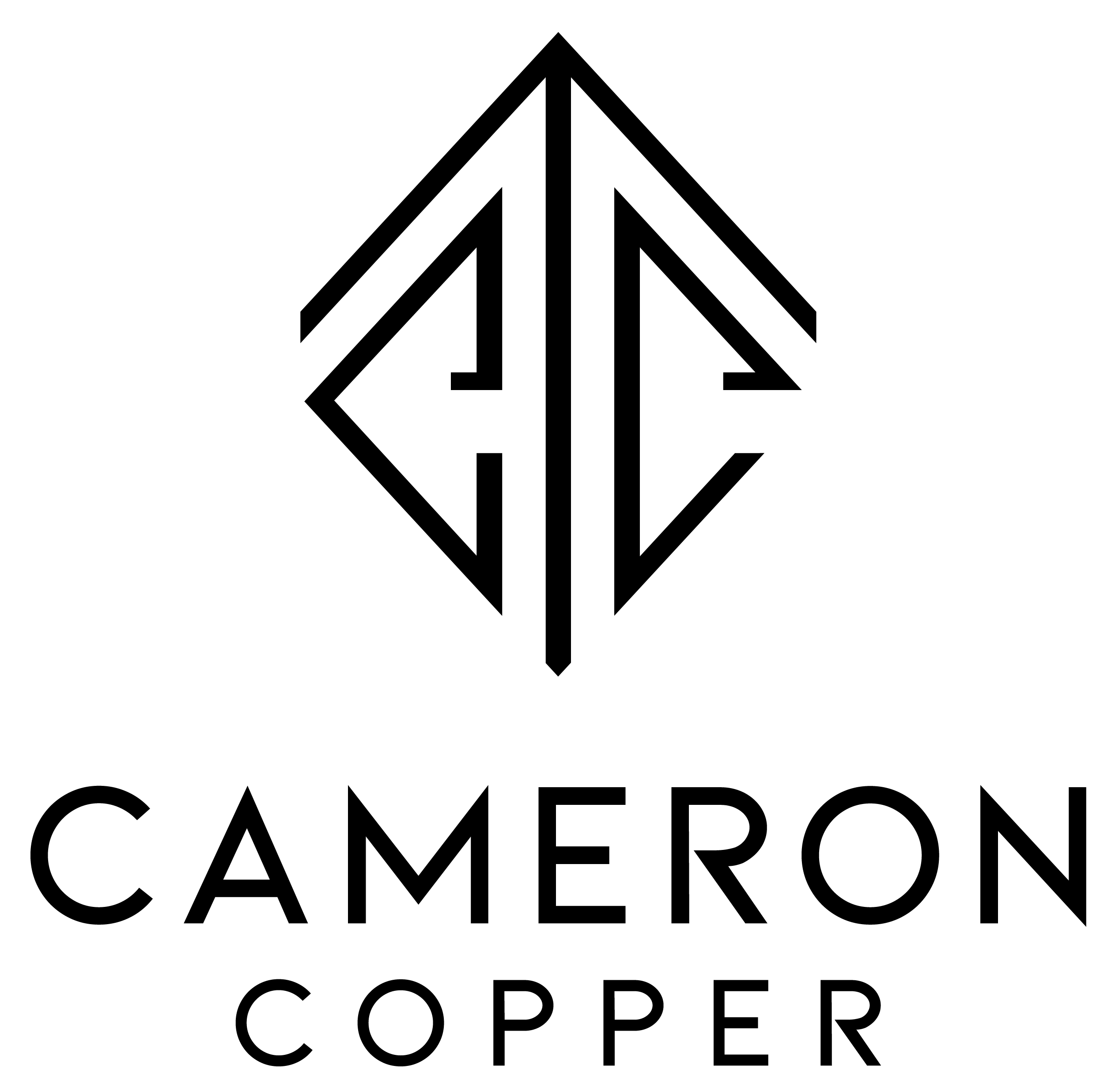When I say creativity, what do you think of? Finger painting? Piano playing? Woodworking?
In my consulting years, I worked with technologists who practiced all of these creative outputs. Yet, when the business brought them challenges, the first reaction was to find a custom-tailored solution. With some applied creativity, a cost-effective solution was already available.
Why SaaS Companies Hate Creativity
The SaaS (Software as a Service) model began in the early 2000s, promising to reduce the purchase price and maintenance cost for IT systems within companies. Over the last 25 years, the moat to developing a SaaS application has been reduced with no-code tools, like Bubble.io, allowing the non-coding public to create some sophisticated applications.
With the barrier to creation now removed, businesses can find solutions to their hyper-specific challenges with a simple Google search. Consumer applications have even hopped on the trend. Remember when you used to have to buy Microsoft Office and install it on the family computer? Now, it is impossible to find a decent iPhone app that doesn’t have a monthly recurring charge.
The proliferation of SaaS apps appears to be a boon for companies requiring specific solutions. When businesses multi-purpose existing technology with creative solutions, they effectively reduce the size of spending software providers depend on.
The ever-growing list of software applications within a field means thousands of software salespeople actively pursue CFOs and CTOs, trying to uncover a need for their products. This LinkedIn thought piece suggests a salesperson should make 17 touchpoints during a 15-day period. Much money is up for grabs to convince you that your challenge should be solved with specifically designed software.
SaaS companies HATE when businesses find solutions to their problems using general tools with creativity applied. It doesn’t create an additional opportunity for them to capture more revenue. Other companies’ existence depends on businesses not applying creativity to their problems.
Example of Creativity in Business Applications
Imagine your business uses Oracle’s NetSuite as an ERP. This technology targets growing businesses without an entire department of developers and business admins to help with configuration and maintenance. NetSuite provides out-of-the-box labeling on where your master or transactional data should live. Business admins often listen to the challenge presented and then look to the implementation manual to find the corresponding fields. When none is found, they suggest purchasing a new solution.
You use the standard invoice object in NetSuite Financials when creating an invoice. When cutting a purchase order, use the out-of-box document type in the supply chain module. These documents are delivered to the business when they purchase licenses.
Suppose your business requires a Purchasing Justification Form to be filed prior to creating a purchase order. While there are standard approvals within purchase orders in NetSuite, the solution for pre-approval on a purchase order may not be apparent to a BA.
If a business were to spend 2 hours whiteboarding the situation, they would quickly see that most business requirements boil down to data collection, processing of a physical movement, and some release to shipping or production. In this form, NetSuite should have all the capabilities needed.
A creative solution may involve creating a new field on the purchase order that requires the entry of a Purchasing Approval number. By making the field mandatory at entry, you can assure clerks are following the required process. You won’t need to spend money on internal service desks, additional procurement-specific applications, or building anything more than a simple approval form that returns the next number.
Money saved and returned to the business for re-investment elsewhere!
Solutions can be assembled within an enterprise application using data security rules provided within the platform. By controlling who has access to create/modify values within the system, entire processes can be replicated without additional development. Understanding the power of a creatively constructed security schema can do as much to deliver results as multiple other applications.
Business Processes Can Change Too
When implementing technology, the discovery phase typically uncovers waste. Some companies, like Toyota, have made a name for themselves by attempting to eliminate all opportunities for issues during production and arrive at process nirvana. In The Toyota Way, Jeffrey Liker writes about an important principle: The Right Process Will Produce the Right Results.
Technology adoption for a business falls to an IT team that collects requirements from the superusers. The business vets explain how their department operates today. The implementation team attempts to mold the software to serve those requirements.
Many companies need a generalist process expert who can sit between the superusers and IT to listen for opportunities to improve the procedure’s efficiency. Implementation companies want to avoid becoming process experts as additional development creates opportunities for additional fees. The functional area representatives take it at face value when a system “doesn’t contain that functionality” per their technology experts.
An effective process expert should understand when a business requirement needs to be altered, additional solutions should be purchased/developed, or a creative solution can be provided.
Remember that the project may be more affordable without this kind of expert opinion involvement. Still, the costs will be inherent in the process and will continue to expand as the business grows. The minor issue will become more costly to the organization with scale.
Closing Thoughts
Some of the best medical professionals in the world apply creativity to their work daily. Doctors go to school for years to understand physiology, and they creatively find an optimal resolution when a procedure ventures into an unexpected area.
Very few of today’s businesses are dealing with life-or-death situations. In reality, businesses thrive off of a core competency unique to the marketplace that is strong enough to thwart all of the ineptitudes elsewhere in the business.
Creativity in application implementation can not only save money but also help the business perform at a higher level. This has significant ramifications for labor efficiency or profitability.
Don’t let the lack of “labeled” solutions in your applications cause you to shop for new solutions. It’s okay to make the SaaS businesses a little angry if it means money can be redirected back into business growth.
Put on your smock, adjust your beret, and go to a whiteboard. You may find the solution has nothing to do with the application and everything to do with how you apply it.


Leave A Comment